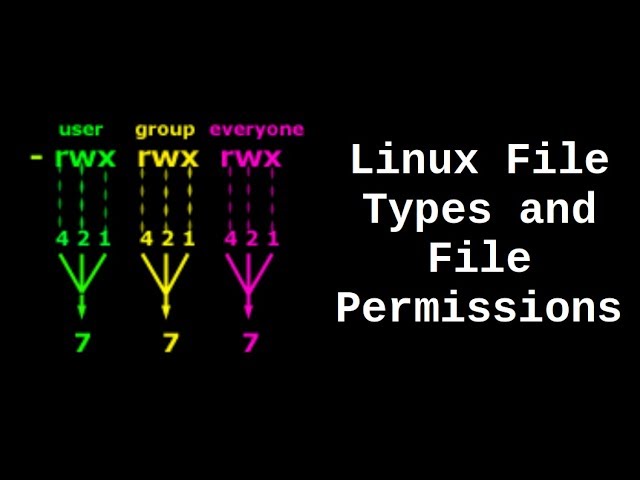Cheat Sheet #day70 - chmod
 Cloud Tuned
Cloud Tuned
chmod Command Cheatsheet
The chmod command in Unix-like systems is used to change permissions (mode) of files and directories. It allows users to specify who can read, write, or execute files. Here’s a quick reference guide:
Basic Syntax
chmod [OPTIONS] MODE FILE...
Common Options
-c,--changes: Report only when a change is made.chmod -c u+x file.txt-f,--silent,--quiet: Suppress most error messages.chmod -f 755 file.txt-v,--verbose: Output a diagnostic for every file processed.chmod -v g-w file.txt
Mode
The mode consists of three parts:
[ugoa]: User, Group, Other, All.[+-=]: Add, Remove, Set exactly.[rwxXst]: Read, Write, eXecute, execute only if the file is a directory or already has execute permission for some user (X), Sticky bit, Setuid, Setgid.
Examples
Set permissions explicitly (e.g., read, write, execute for user):
chmod u=rwx file.txtAdd permissions (e.g., add execute permission for group):
chmod g+x file.txtRemove permissions (e.g., remove write permission for others):
chmod o-w file.txtSet permissions numerically (e.g., set read, write, execute for user and read, execute for group and others):
chmod 755 file.txtRecursive change (e.g., change permissions for all files in a directory):
chmod -R u+rwX directory/
Additional Information
Help option:
chmod --helpView manual page for
chmod:man chmod
The chmod command is essential for managing file and directory permissions in Unix-like systems, allowing users to control access to files based on user, group, and others. For more detailed options and usage scenarios, refer to the man page or use chmod --help.
Subscribe to my newsletter
Read articles from Cloud Tuned directly inside your inbox. Subscribe to the newsletter, and don't miss out.
Written by
